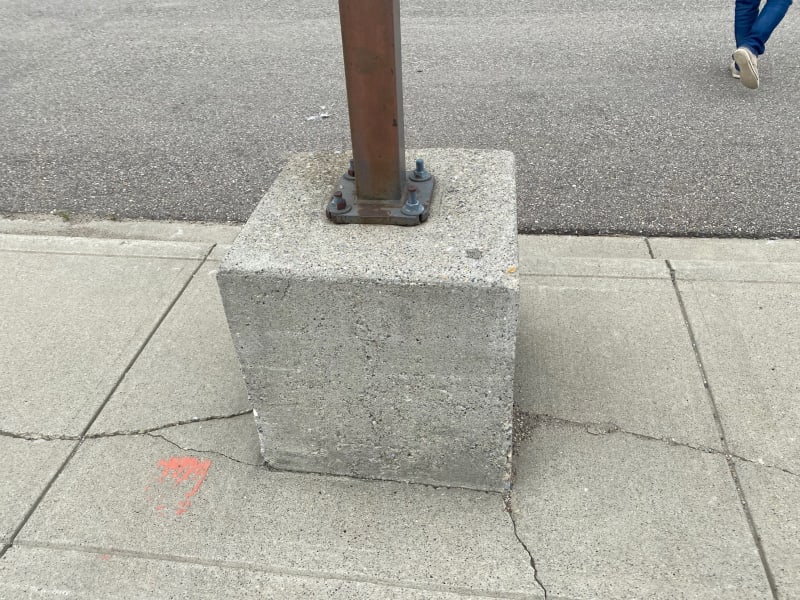CANeng11
Civil/Environmental
- Feb 18, 2015
- 114
We have been asked to look into the possibility of reusing existing concrete pedestals for the installation of new poles. I have attached an example picture of the pedestals. When designing the anchors for the new poles, I am having difficulty making it work using cracked concrete state, but I can make it work with uncracked concrete. I'm looking for clarity on when it is appropriate to assume the uncracked concrete state and whether I can apply that in this case.


